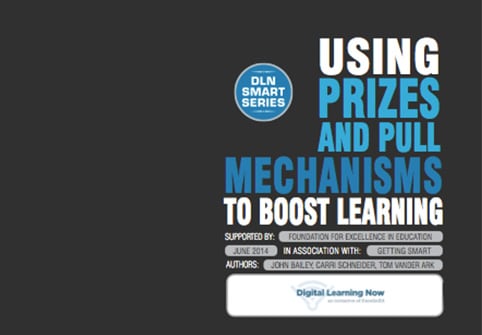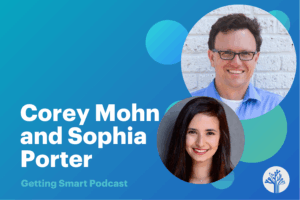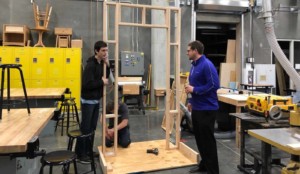Prize & Pull Mechanisms to Boost Learning

There are lots of “prizes” in education but most are awards for prior achievement. While useful signaling devices, they don’t get provide donors much leverage. In contrast, inducement prizes that pay for success can result in 10x or 100x leverage, in terms of mobilized expertise and resources. It’s these super-efficient mechanisms that is the subject of a new DLN paper.
We are only just beginning to realize the potential for prizes to mobilize global expertise and accelerate innovation in education, according to the co-authors of a newly released paper. “Using Prizes & Pull Mechanisms to Boost Learning”, released from Digital Learning Now (DLN), a national initiative of the Foundation for Excellence in Education (ExcelinEd), and Getting Smart, highlights the potential of boosting learning through incentives such as prizes. As the authors discussed, there are no “silver bullets” in education, but targeted incentives for innovation, like last year’sHewlett-sponsored essay scoring competitions can mobilize talent and resources to improve access and quality.
The paper also addresses “pull mechanisms” which can help address problems in an inefficient market. By aggregating demand, for example, a group of district could incentivize and focus investment in a learning platform creating the opportunity to gain access to better tools and and cheaper pricing.
Co-author, Tom Vander Ark, began the discussion about how prize and pull mechanisms can boost global learning in a March 2014 blog post. This then spurred a response to a White House Request for Information (RFI) seeking ways that pull mechanisms could be used to encourage investment and innovation in categories not receiving sufficient attention to ultimately accelerate the development of high-impact learning technologies.
This paper explores three questions related to the potential of how prizes and pull mechanisms can boost learning. These questions include:
- What learning outcomes would be good candidates for the focus of a pull mechanism to catalyze the creation and use of new learning technology? How are these learning outcomes currently measured and assessed?
- What changes in public policy would facilitate experimentation with pull mechanisms at different levels of government?
- What role might different stakeholders (e.g., federal agencies, state and local educational agencies, foundations, researchers, practitioners, companies, investors or non-profit organizations) play in designing, funding and implementing a pull mechanism for learning technology? What role would your organization be willing to play?
The authors discuss a number of other areas in which pull mechanisms could “move the needle.” College and career readiness, accountability, student guidance and English language acquisition are four additional possibilities that are ripe for more exploration. For example a prize competition could be used to redesign school and state report cards to better inform parents and students of progress and achievement.
It’s interesting to note that yesterday a challenge-based learning site called Zozude launch an interesting classroom-based application of prizes. For another example of the use of prizes in education, see the ASAP Case Study, a summary of two essay scoring prizes sponsored by Hewlett Foundation.
For more download the full paper.
Digital Learning Now is a Getting Smart Advocacy Partner.







0 Comments
Leave a Comment
Your email address will not be published. All fields are required.